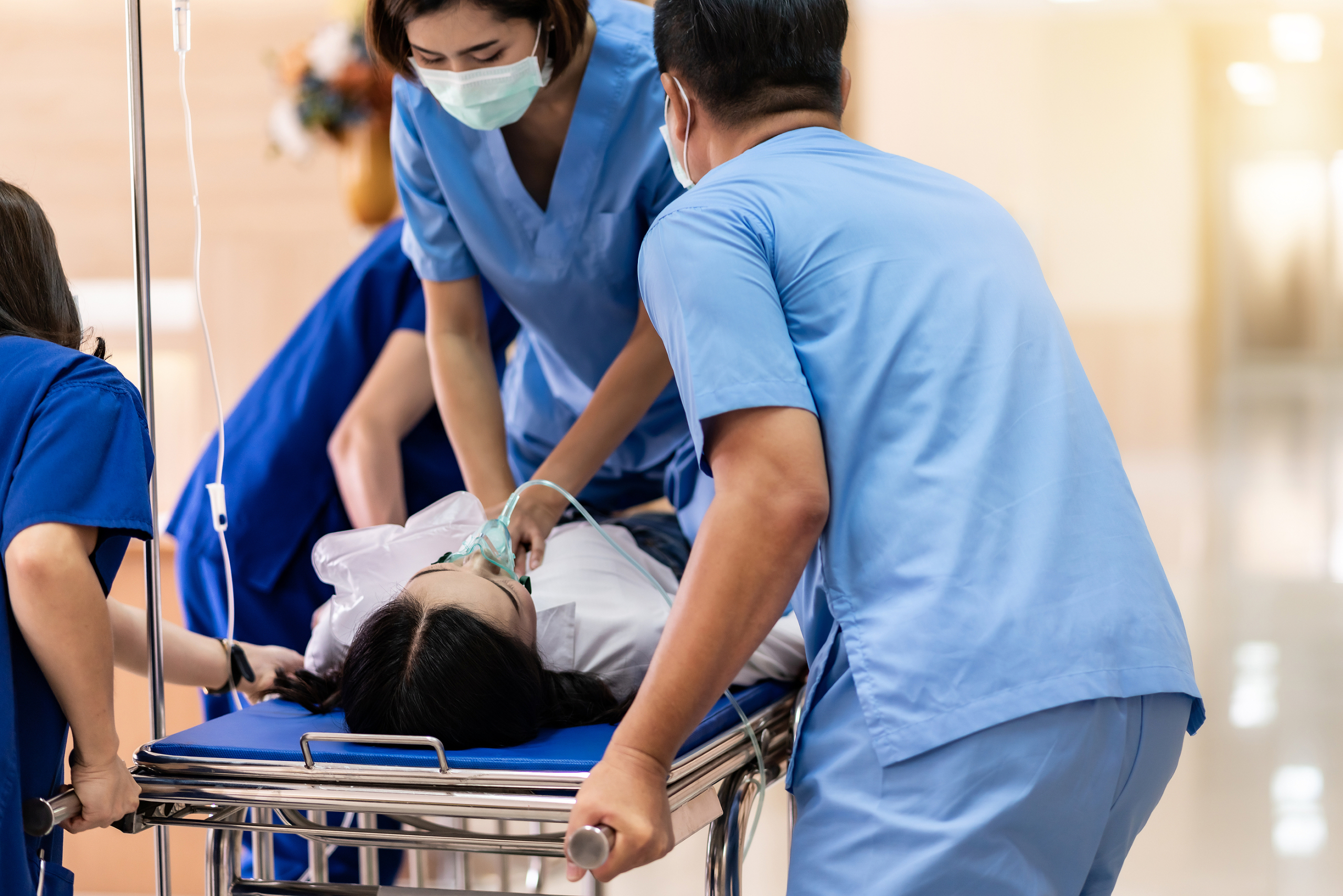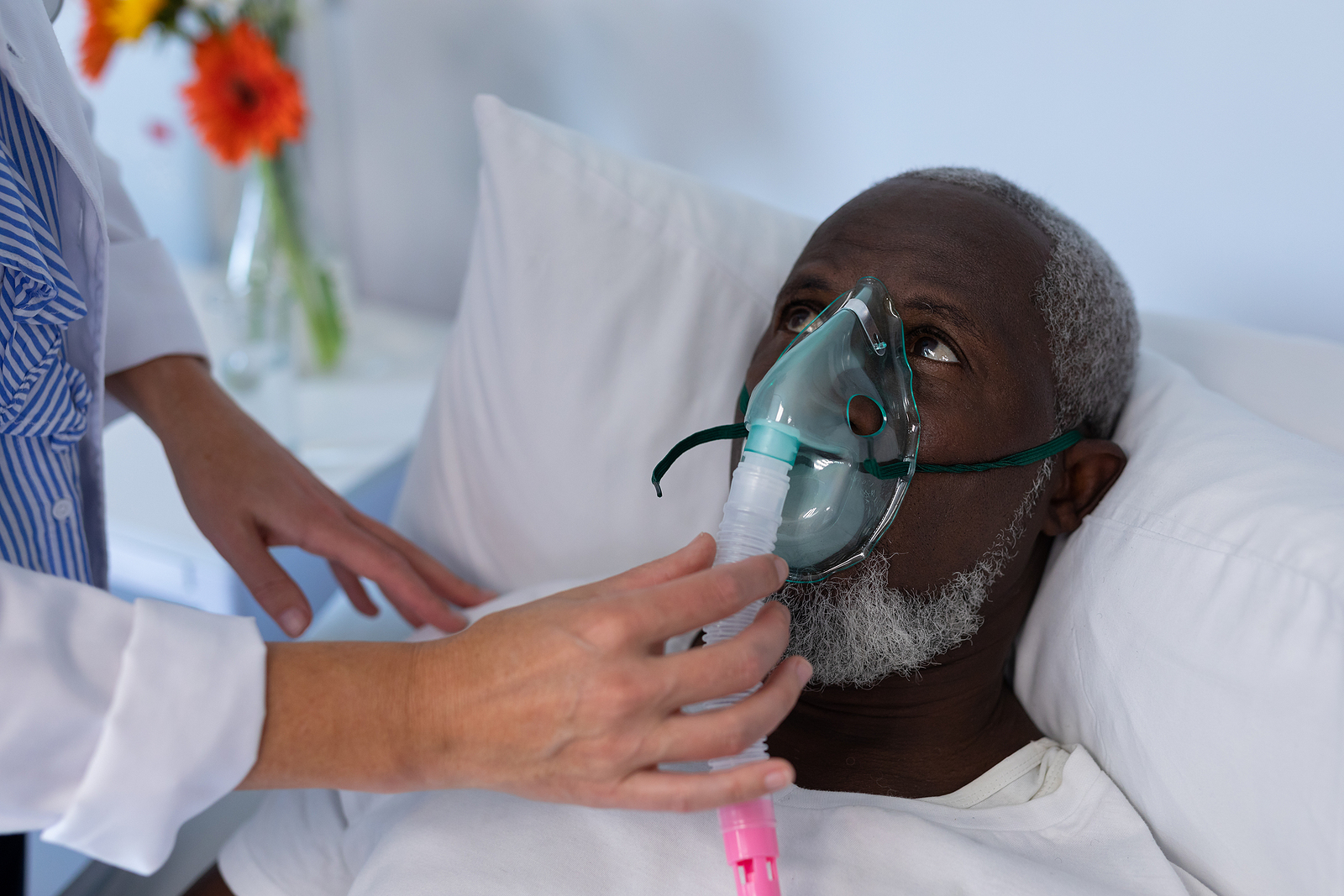Newsletter 2021
Newsletter September 2021: Guest Editorial - Financial Independence: the Pandemic within Anaesthesia
Chief editor note: We are pleased to host in this issue a paper from Colombia, which touches an important aspect of our life as physicians, namely financial independence. We encourage our readers and members to send us their comments and thoughts on this topic.
Sebastian Amaya
Universidad El Bosque Colombian School of Medicine, Anaesthesiology and Critical Care Interest Group UEB,
Byron Rosero
Department of Anaesthesiology, Clinica San José de Cúcuta, Cúcuta, Colombia,
Anaesthesiologists are known as masters of pharmacology, gurus of human physiology, and experts of the airway, among other impressive skills and abilities. Nonetheless, many physicians, including anaesthesiologists, have been seen to struggle when it comes to financial independence. These shortcomings in the financial realm can come in various forms, such as lifestyle inflation and exaggerated spending as a physician begins to earn more money, sometimes known as runaway spending or delayed gratification. This increase in spending can slowly accrue and create devastating costs when summed together with a mortgage on a bigger house, fancy cars, and vacations. A survey found that 40% of physicians have mortgages over $500,000 with 65% still paying off their original mortgage, 38% undertaking car payments, and 26% paying off credit card debt; Likewise, the same survey found that 48% of physicians interviewed did not have a numerical goal for savings by a certain age1.
On average, in the USA, anaesthesiologists can earn between $261,730 to $398,000 USD2,3, which surpasses the median average household income; however, after-tax deduction, house and car payments, insurance, groceries, and other necessary expenses, the total take-home income can be significantly reduced. Likewise, many studies have shown that the perception of the anesthesiologists’ quality of life was consistently inferior to other physicians in general4, with a study of 1,219 anaesthesiologists showing that 58% of the surveyed population were unsatisfied with their remuneration5.
Anaesthesiologists obtain knowledge, skills and life-saving abilities throughout their many years of medical training, however, they also accumulate a large amount of debt in the form of student loans. Without proper financial literacy, many newly graduated specialists join the workforce and begin spending their newfound salaries with high-end vehicles, large houses, and vacation homes, (as shown in the survey previously mentioned) thus adjusting to a higher cost of living. As time goes on, their spending may increase due to a relative sense of financial security from a stable income, leading to a cycle of spending and paying with little saving and investment. The same survey found that 20% of physicians put $500 or less into tax-deferred saving accounts, 31% do not put money into taxable savings accounts, and 34% do not budget for personal expenses1.
Accumulation of debt is especially worrisome given that few residents report receiving financial planning education in residency, and financial preparedness is not emphasized within the Accreditation Council for Graduate Medical Education’s required competencies6,7,8. Additionally, it was found that 26% of physicians are still paying off student debts, an issue that most likely may be ameliorated with proper financial advisory during early residency years1. A study done by Fahd et al. found that residents and fellows had low financial literacy and investment-risk tolerance, along with a significant deficit in financial preparedness9. Likewise, a study done by the American Medical Association insurance found that 34% of residents are very concerned about paying off student loans, 25% about not having enough money to retire, 21% about funding college expenses for their children, and 19% about financially providing for elderly parents10.
The combination of debt without proper financial guidance can lead many professionals into complicated situations (interest accumulation, insufficient retirement funds, etc.), notably those who are the primary financial earner’s for their families, and eventually assume payments for college tuition (among other expenses) for their children.
Many may only accumulate savings in the form of a retirement fund and a savings bank account, which can prove to be deficient to survive an early retirement considering current inflation rates and increased costs of living. For this reason, it is important to understand the various options that exist to create additional streams of income. Having various streams of income allows for greater financial security, with money flowing in from various means rather than just a single paycheck.
With this in mind, we believe it is important to emphasize the importance of financial literacy and awareness, not only for anaesthesiologists, but for all medical professionals. Acquiring this knowledge can prove to be relatively easy with the vast amount of information and resources available, such as audiobooks, e-books, courses, websites, etc. A few preliminary resources include books such as “Rich Dad Poor Dad” by Robert Kiyosaki, “Why didn’t they teach me this in school?” by Cary Seagal or “White Coat Investor” by James Dahle. Resources such as these stress the importance of proper financial planning, investment strategies, and many other useful financial tools that can help many physicians begin to adequately manage their income. With this information, we look to generate interest in financial awareness within the international medical community and encourage our colleagues to take the steps necessary to become financially independent.
References
- Kane L. Medscape. https://www.medscape.com/slideshow/2019-compensation-wealth-debt-6011524#21. Published 2021. Accessed July 5, 2021.
- DePietroA https://www.forbes.com/sites/andrewdepietro/2020/04/17/anesthesiologist-salary-state/?sh=254c37e26828. Published 2021. Accessed May 18, 2021.
- Martin K.. Medscape. https://www.medscape.com/slideshow/2020-compensation-anesthesiologist-6012720#3. Published 2021. Accessed May 18, 2021.
- Arenson-Pandikow HM, Oliviera LT, Bortolozzo CR et al.. Rev Bras Anestesiol. 2012;62:48. doi:10.1016/S0034-7094(12)70102-2
- Shetti AN, Karigar SL, Mustilwar RG.. Anesth Essays Res. 2018;12:302. doi: 10.4103/aer.AER_59_18. PMID: 29962587; PMCID: PMC6020557.
- Glaspy JN, Ma OJ, Steele MT et al. Acad Emerg Med. 2005;12:52. doi:10.1197/j.aem.2004.02.532
- Young TP, Brown MM, Reibling ET, et al. Ann Emerg Med. 2016;68:409. doi:10.1016/j.annemergmed.2016.04.013
- Common Program Requirements. Acgme.org. https://www.acgme.org/What-We-Do/Accreditation/Common-Program-Requirements. Published 2021. Accessed May 18, 2021.
- Ahmad FA, White AJ, Hiller KM et al. d. Int J Med Educ. 2017;8:192. Published 2017 May 29. doi:10.5116/ijme.5918.ad11
- AMA Insurance Agency, Inc. 2017 Report on US Physicians’ Financial Preparedness. Resident Physician Segment. https://www.amainsure.com/research-reports/2017-financial-preparedness-resident-physicians/index.html?page=1. Published June 2017. Accessed July 2021.
Read our Monthly newsletter.
Read More of our special newsletter covering our virtual congress 2020.
Visit our COVID-19 Resource Hub for other news and resources.











